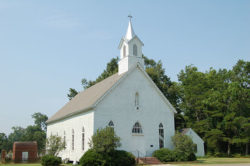Government, Politics & Law
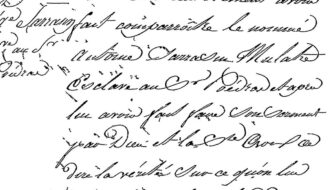
1795 Point Coupee Slave Conspiracy
Enslaved, free Black, and white people planned an insurrection to end slavery in Spanish colonial Louisiana roughly 150 miles north of New Orleans.

Enslaved, free Black, and white people planned an insurrection to end slavery in Spanish colonial Louisiana roughly 150 miles north of New Orleans.
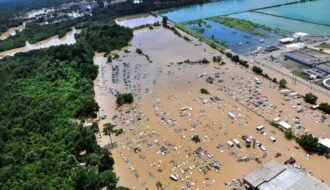
A rainy weekend in August 2016 unexpectedly left behind more than three times the amount of rain dropped by Hurricane Katrina, damaging 146,000 homes in fifty-six of Louisiana’s sixty-four parishes.
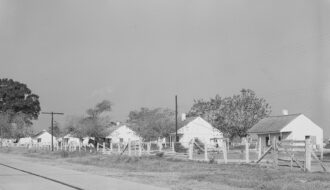
A civil rights unionist from Pointe Coupee Parish, Clark faced frequent violence in his efforts to organize tenant farmers.

Many Louisiana Creole folktales represent a convergence of African and European culture.
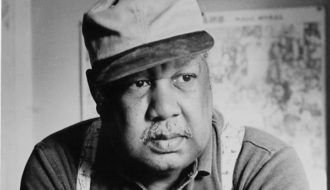
Considered among the most important southern writers, Ernest J. Gaines was an award-winning fiction writer whose work often features the region where he grew up: rural and small-town south-central Louisiana.
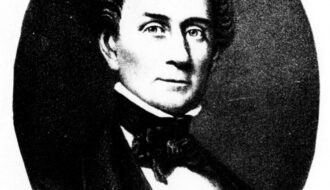
Henry Johnson, the first professional politician elected governor of Louisiana, served from December 1824 until December 1828.
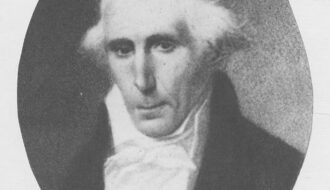
Julien de Lalande Poydras was a Point Coupée Parish plantation owner, banker, political leader, and philanthropist who was a pivotal figure in the early history of Louisiana.
Pat and Jack Holden moved Maison Chenal Plantation eleven miles to its current location before meticulously restoring it as their residence.

The Morganza Spillway in Louisiana is a component of the flood control system for the lower Mississippi Rivier.
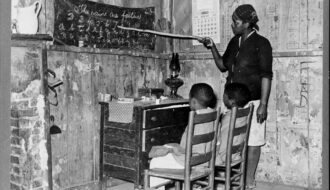
Nationally acclaimed photographer Russell Lee produced series of photographs on Louisiana life, including scenes of rural communities and New Orleans, for the Great Depression-era Farm Security Administration (FSA) project.
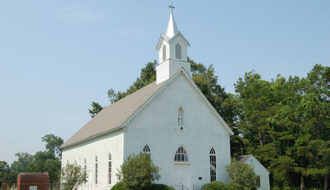
The original St. Francis Chapel of Point Coupee, was one of the first parish churches in Louisiana.
One-Year Subscription (4 issues) : $25.00
Two-Year Subscription (8 issues) : $40.00
